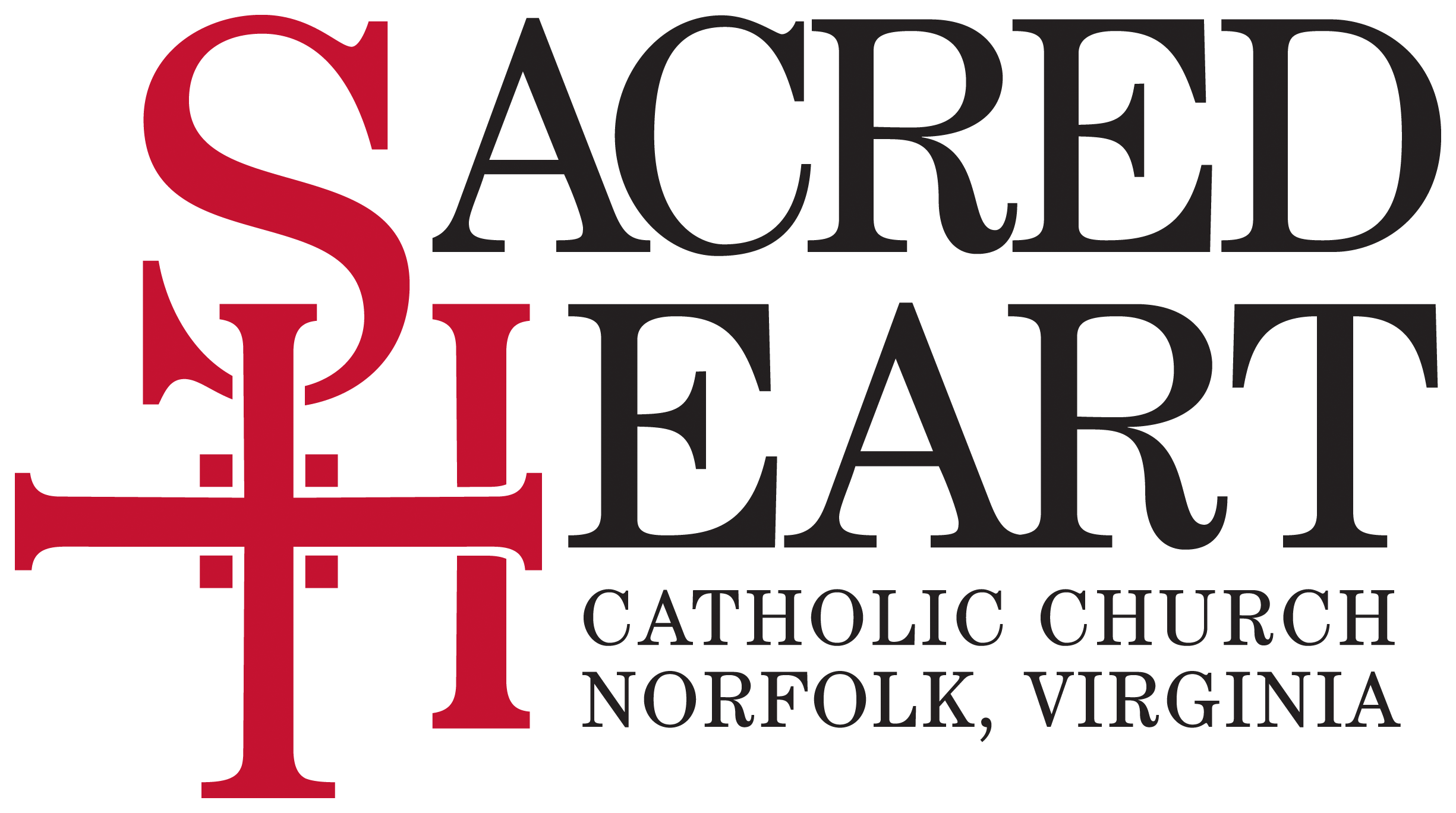Prelude: Le Banquet Celeste composed by Oliver Messiaen (1908 – 1992) in 1928. He was 20 and still at the Paris Conservatory. Here is a link with the composer at his organ at Sainte Trinite in Paris: https://youtu.be/FTyvgKdlIZc It is based on the slow movement of an earlier unfinished orchestral work Le Banquet Eucharistique dating from 1926–1927, it is Messiaen’s first published work. The work’s epitaph, “He that eateth my flesh and drinketh my blood dwelleth in me and I in him” (John 6:56), indicates that the work is intended for Communion. The work is written in an octatonic scale, one of Messiaen’s modes of limited transposition. Despite being only 25 bars long, it takes about 7–8 minutes to perform, due to the extremely slow tempo (“very slow, ecstatic”). The work has two themes: the first, marked “far away, mysterious”, is slow and sustained. The second, played by the pedal, but at 4′ pitch and above, is marked “brief staccato, as a water drop”, and represents Christ’s blood. The final chord is accompanied by a 32′ bass note, marked “very deep”. The scale, one of Messiaen’s modes of limited transposition. In a regular scale used for 3 or 4 hundred years can be transposed 12 times
Messiaen’s first mode, also called the whole-tone scale, is divided into six groups of two notes each. The intervals it contains are tone, tone, tone, tone, tone, tone – it has two transpositions and one mode.
The second mode, also called octatonic/diminished/semitone-tone/tone-semitone, may be divided into four groups of three notes each. It contains the intervals semitone, tone, semitone, tone, semitone, tone, semitone, tone – it has three transpositions, like the diminished 7th chord, and two modes:
The third mode is divided into three groups of four notes each. It contains the intervals tone, semitone, semitone, tone, semitone, semitone, tone, semitone, semitone – it has four transpositions, like the augmented triad, and three modes.
Also, in the case of Messiaen, he associated colors, which he saw in his brain, when he played in the mode. He began to use these modes in improvisation classes at the Conservatory when he was a teenager. What he and other composers were doing [Ravel, Debussy, Bartok, Schonberg, etc..] was to find scales, harmonies that had not been exhausted by turn of the century composers [Bruckner, Mahler, early Schonberg, and Wagner]. By the end of the 19th Century, the composers used the triad c,g,e – used for hundreds of years – plus the addition of more thirds b, d, f, a. [That projection of thirds contains the major scale]. In addition, most of these thirds can be altered up or down by an half-step. That is what happened to cause composers to used different scales.
Offertory: Tu Solus qui Faces Mirabilia Josquin Des Prez (c.?1450/1455 – 1521)
Part 1. You alone can do wonders, You alone are the Creator, and created us;
You alone are the Redeemer and redeemed us With your most precious blood.
In you alone we find refuge, In you alone we trust,
None other do we worship, Jesus Christ.
To you we pour out our prayers, Hear our supplication, and grant us our request,
O King of kindness!
Part 2. To love another, would be deceitful: To love another would be great stupidity and a sin.
Hear our sighs, Re-full us with your grace,
O King of kings, That we may remain joyfully in your service forever.
This composition was written before the Council of Trent (1545 and 1563) by one of the most famous composers of all time. We have only one signature scratched in the Sistine Chapel choir loft [not really very lofty] where he was a singer around the turn of the century.
Postlude: Grand Choeur Théodore Dubois (1837-1924) is an unloved figure. Often scorned as the author of a forbidding treatise on harmony, he has come to symbolize the official artistic circles of a fin de siècle France overcast by the worrying shadow of a fiercely decried ‘academicism’. Born in 1837, he began his career as an outstandingly gifted student at the Paris Conservatoire, where he won multiple prizes, notably for the piano and for composition, including a Premier Grand Prix de Rome (1861). On his return to France from his residence at the Villa Medici, he immediately embarked on the natural course of a regular and patient professional ascent. Appointed professor of harmony at the Conservatoire in 1871, he became professor of composition there ten years later, then its director from 1896 until his retirement in 1905. [He was forced to retire because of the Ravel scandal. He had intervened 2 years in a row to keep Ravel from being awarded the Grand Prix de Rome. The outcry forces his resignation. He was replaced by Gabriel Faure Alongside these activities, he held a variety of posts in the field of church music, notably as organist of the Madeleine (1877–96). Honored by the official milieux, elected a member of the Institut de France in 1894, Dubois enjoyed a privileged position for which his reputation was to suffer after his death. Yet, while remaining faithful to his ideals of clarity and respect for tradition, he was receptive to the advanced ideas of his time, as is demonstrated by his membership of the Société Nationale de Musique. His vast and varied output, eclectic in its inspiration, touches on every genre and proclaims its indebtedness to Franck and Schumann as much as Brahms and Saint-Saëns.



